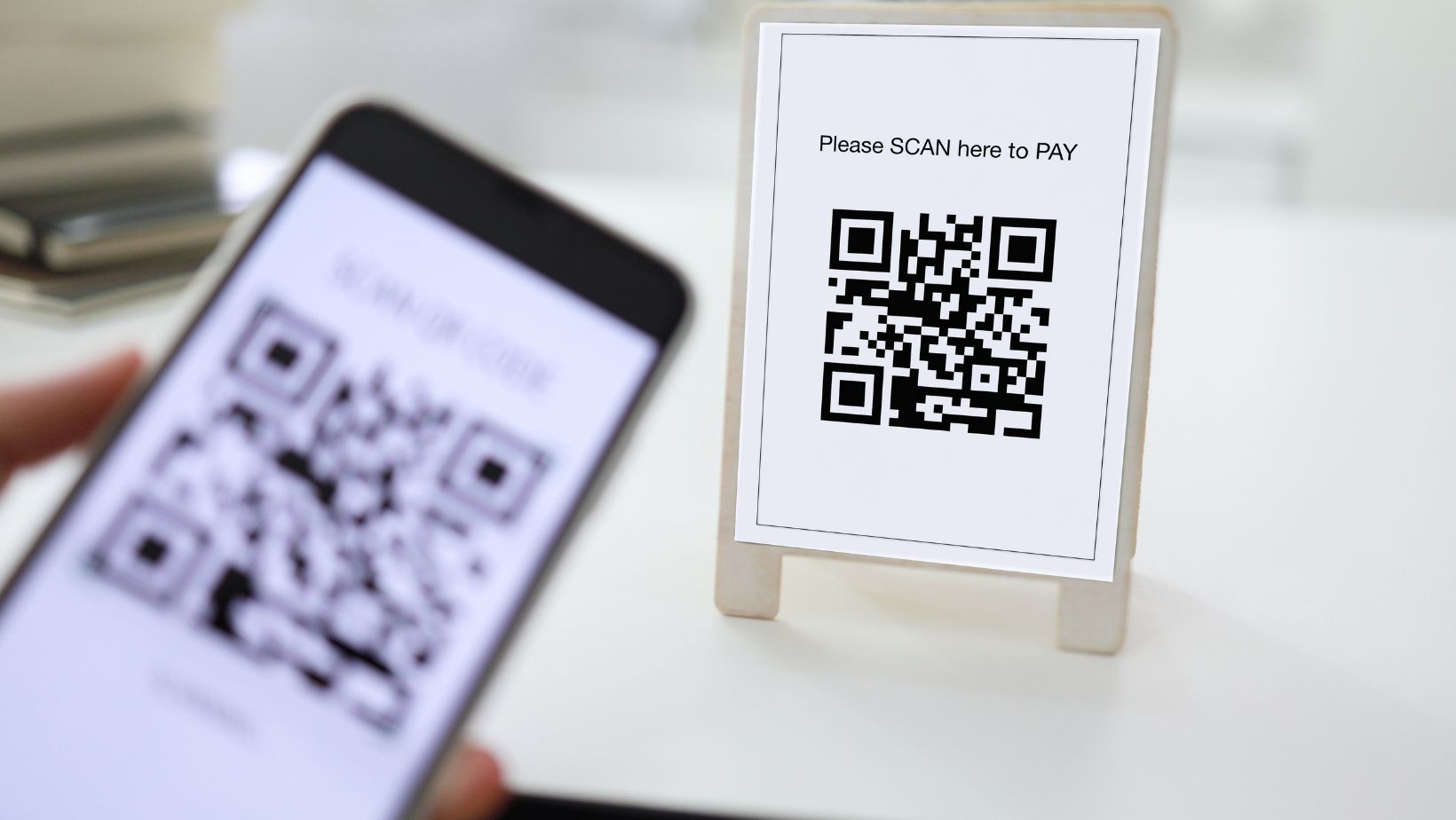QR codes have become a common sight in our daily lives, from restaurant menus to event tickets and product packaging. But if you’re new to this technology, you might be wondering what QR codes are and how they work.
QR codes, short for Quick Response codes, are square barcodes that can be scanned using a smartphone or tablet to quickly access information. They’ve grown in popularity because they make it easy to share and access digital content with just a simple scan.
For beginners, understanding QR codes can open up a world of convenience. Whether you’re looking to quickly connect to a Wi-Fi network, access a website, or download a file, QR codes can streamline these tasks and save you time. They’re versatile tools used in various settings, from marketing and education to everyday life. Here is your beginners guide to instant connectivity with QR Codes
Access Wifi Networks
One of the very first things you can do with QR codes is create access to your wifi network. You can easily generate a wifi QR code with websites like QRStuff, which is a QR code generator and reader.
While connecting to wifi is as simple as typing in the password, sometimes these passwords can be long and complicated, and difficult to remember. A QR code will allow users to connect to a Wi-Fi network instantly by scanning the code, eliminating the need to manually enter the network name and password.
For guests or customers, scanning a QR code is a hassle-free way to access Wi-Fi, especially in places like cafes, hotels, or offices where ease of connection enhances the user experience. QR codes also prevent mistakes that can occur when typing complex Wi-Fi passwords, ensuring users connect correctly on the first try.
The next way in which you can use a QR code is to link to a website or social media. QR codes allow users to instantly access a website or social media profile by simply scanning the code with their smartphone, eliminating the need to manually type in URLs.
QR codes are easy to use for people of all ages. They can quickly scan the code with their phone’s camera or a QR code reader, making it a convenient way to direct users online.

A QR code can contain a lot of information in a small, scannable format, which is especially useful on printed materials like flyers, business cards, or posters where space is limited.
Not to mention they can work across different platforms and devices, making them a versatile tool for linking to websites or social media, regardless of whether the user is on iOS, Android, or another operating system.
If you are someone who finds yourself sharing your contact information frequently or handing out business cards, a QR code with your contact information might be just what you need. Gone are the days of using regular business cards, most of the time they get tossed aside or forgotten about.
Having your contact information on a QR code eliminates the need for excess paper and will put your information directly into their mobile device. At events or meetings, QR codes make it easy to exchange contact information quickly, helping to streamline networking without the need for physical business cards.
Since the information is embedded in the QR code, there’s no risk of errors that can occur when manually entering contact details, ensuring accurate information sharing. QR codes can also store a variety of contact details, including phone numbers, email addresses, websites, and physical addresses, allowing for a comprehensive exchange of information.
Promote Events
QR codes provide immediate access to detailed event information, such as dates, times, locations, and agendas, with a simple scan, making it easy for potential attendees to stay informed.

Scanning a QR code can direct users to ticketing platforms where they can purchase tickets or RSVP for the event, streamlining the registration process.QR codes can be included in various marketing materials—flyers, posters, social media posts, and emails—allowing potential attendees to quickly learn more about the event.
By linking to promotional videos, event websites, or social media pages, QR codes engage users with multimedia content, sparking interest and excitement for the event.



